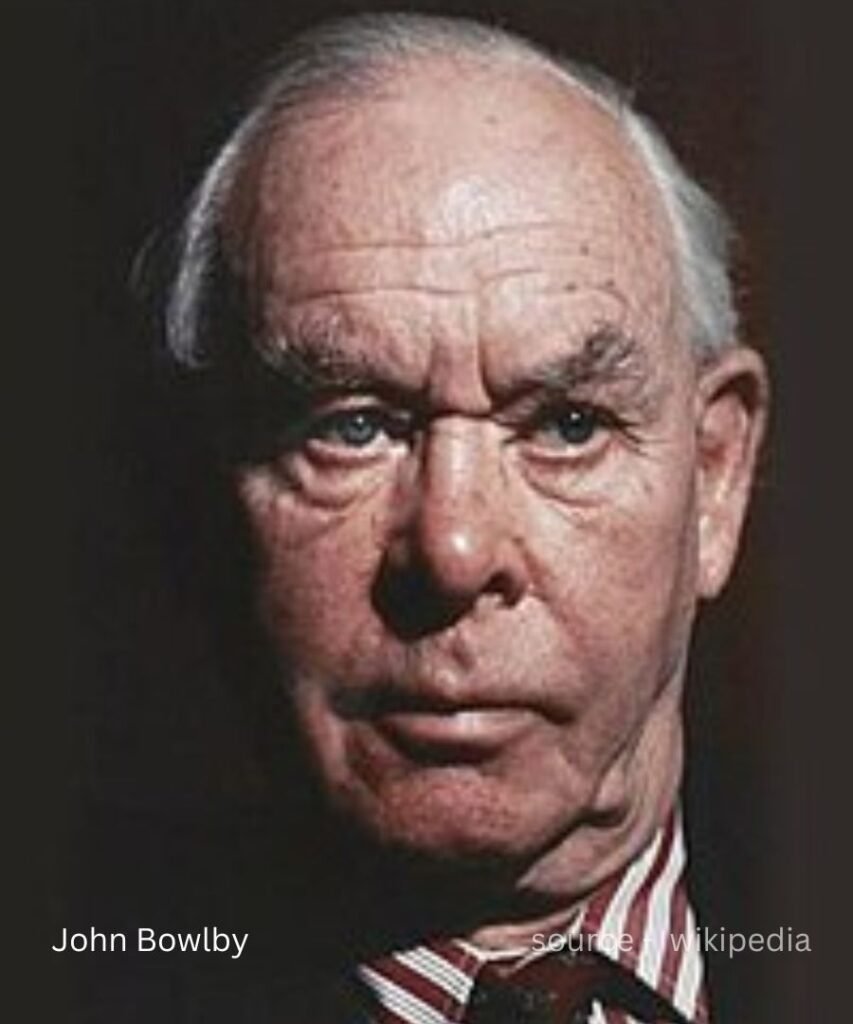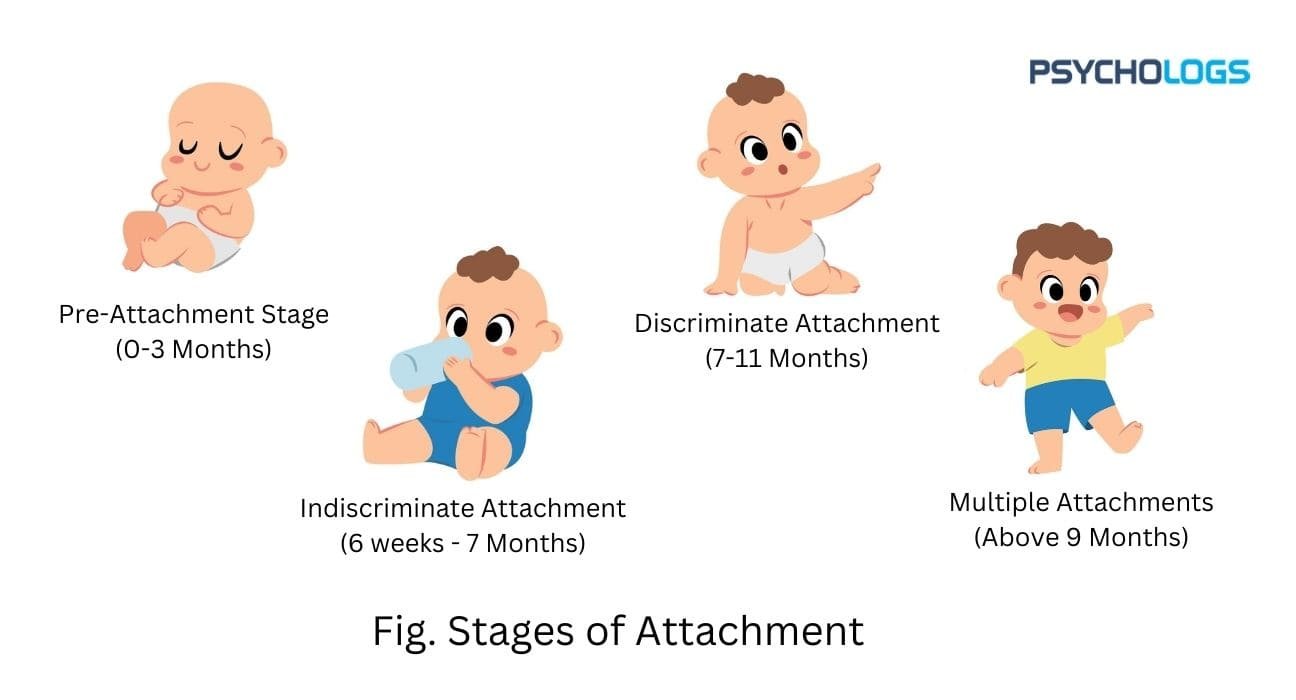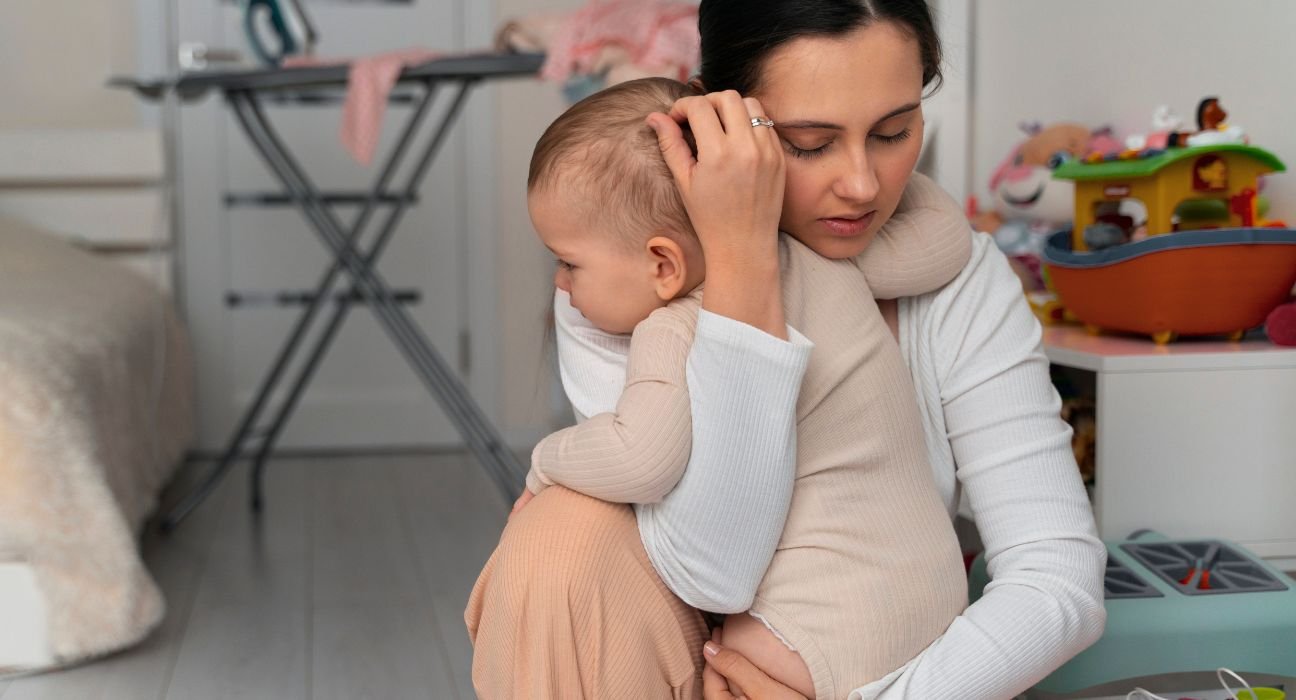Attachment theory is a theory developed by British psychologists about the bond and relationship between two individuals or groups. It can be between parents and child, two friends and two romantic partners. It is a part of developmental psychology that explains the innate need of forming an emotional bond with the caregiver which develops according to time and needs into other relationships.


History of the Attachment Theory
Many psychologists worked on the attachment theory but, Bowlby was the first one to initiate and lay the foundation of attachment theory. During his visit to a school for maladjusted children, he was intrigued by two children. One was an isolated teenager who had no stable mother figure in his life and had recently been expelled from his school for stealing. The other was an anxious 7- or 8-year-old boy, who followed Bowlby everywhere like his shadow.
After working with these children he realized the impact of attachment with family on children’s emotional and behavioral wellbeing. He tried to understand the anxiety and distress that children experience when separated from their primary caregivers. Bowlby saw attachment from an evolutionary perspective how attachment of an infant with their mother promotes survival. Psychologist Mary Ainsworth tried studying the variations in how children respond to separation from their parents.
However, thinkers like Freud traced infants’ attachment to their mothers because they fulfilled their oral needs. Behaviorists suggested that attachment was simply a learned behaviour that was the result of the feeding relationship between the child and the caregiver.
Understanding Attachment
Attachment is an emotional bond that one individual can form with another individual for security and closure. It begins in infancy, where attachment with the caregiver becomes the first coping system of an infant. They not only receive nourishment and warmth from the caregiver but, it also stimulates the growth of the brain and can influence the formation of stable relationships with others in the future. It also helps in the social, emotional, and cognitive development of the infant.


The Stages of Attachment
These stages explain the development of attachment of an infant which begins from birth onwards. These stages are proposed by the researchers Rudolph Schaffer and Peggy Emerson after their longitudinal study with 60 infants whom they observed every four weeks during the first year of life, and then once again at 18 months.
They gave four distinct phases of attachment, including:
- Pre-Attachment Stage: It begins from birth and lasts for 3 months. Infants are not at all expressive about their attachment to their caregiver. The infant’s innate signals of crying, and fussing naturally attract the caregiver and following the infant’s positive reactions, caregivers are encouraged to remain close to them.
- Indiscriminate Attachment: This attachment can be seen between 6 weeks of age to 7 months. Here, infants develop a sense of trust that the caregiver will respond when signalled. They begin responding more positively to the familiar and primary caregiver than the secondary caregiver. But, they still don’t protest when separated from the caregiver.
- Discriminate Attachment: At this stage, from about 7 to 11 months of age, infants begin exhibiting clear-cut attachment for one specific individual. They protest and display separation anxiety when separated from the primary attachment figure and display anxiety around strangers.
- Multiple Attachments: The infants after approximately 9 months of age children begin to form strong emotional bonds with other caregivers beyond the primary attachment figure. This often includes a second parent, older siblings, and grandparents as the secondary caregiver.
Factors That Influence Attachment
Some factors can influence how and when attachments develop, including:
- Opportunity for attachment: Children, who do not have proximity to a primary care figure, may fail to develop that sense of trust and intensity of attachment. If an infant’s father lives far away from the family due to his job, then the infant may find it hard to form an attachment.
- Quality caregiving: When caregivers respond promptly and consistently, children learn that they can depend on the people who are responsible for their care, which lays the foundation for attachment. E.g. ‘Interaction synchrony’ – when the caregiver laughs in response to the giggling of the infant and tickles them.
Attachment Styles
Attachment styles refer to the specific ways in which an individual gets attached to other people by relating to them in a certain way. The style of attachment once formed and established at the beginning of life is carried forward and reflected in the relationships of an individual.
Here are some of the attachment styles:
- Ambivalent attachment: In this type of attachment style, children experience distress at the separation from their parents. As a result of this stress and poor parental availability, the dependence of these children on their primary caregiver decreases gradually.
- Avoidant attachment: Here, children try to avoid the proximity to their parents or the primary caregiver. There is no such difference between the primary caregivers and strangers for children with this attachment style. The reason behind this avoidant behaviour is past traumatic experiences where the primary caregivers might not have been available at the time of need. So, now they avoid seeking help.
- Disorganized attachment: Disorganized attachment refers to the lack of organization of the feelings of children toward their caregivers. They exhibit confused behaviour ranging from avoiding the parents to resisting them. This behaviour stems from inconsistent caregiver behaviour.
- Secure attachment: It is the most common style of attachment exhibited by most of the children, where they feel distressed about the separation and joy when reunited. They have the reassurance that their caregiver will return eventually.
The Lasting Impact of Early Attachment
There are different impacts of the attachments varying according to their style and the way any individual was treated in the particular stage of attachment. Children who are securely attached grow into confident personalities with stronger self-esteem and better self-reliance. It helps them to be independent and have successful and healthy social relationships.
Children who fail to form secure attachments early in life can hurt behaviour in later childhood and throughout life. The diagnosis of disorders like oppositional defiant disorder (ODD), conduct disorder (CD), or post-traumatic stress disorder (PTSD) mostly involves children displaying attachment problems, possibly due to early abuse, neglect, or trauma.
Attachment Disorders
Two attachment disorders may occur: reactive attachment disorder (RAD) and disinhibited social engagement disorder (DSED):
- Reactive attachment disorder: This attachment disorder is a reaction to childhood neglect, abuse or traumas and as a result, children do not form healthy bonds with caregivers. They face problems with emotional management and patterns of withdrawal from caregivers.
- Disinhibited social engagement disorder: It involves a lack of inhibition around strangers, often leading to excessively familiar behaviours around people they don’t know and a lack of social boundaries. It is because of past trauma, abandonment, abuse, or neglect and lack of the essential bonds with the primary caregiver.
Conclusion
Attachment theory highlights the critical role of early bonds between infants and their caregivers. Developed by John Bowlby and Mary Ainsworth, it explains how these bonds impact emotional and behavioural development. Secure attachments lead to confident and healthy relationships, while insecure attachments can cause behavioural problems and psychological issues. Understanding attachment helps create environments that support healthy emotional development and strong, positive relationships.
References +
- Attachment Theory In Psychology Explained. (2024, January 17). Simply Psychology. https://www.simplypsychology.org/attachment.html
- MSEd, K. C. (2023a, February 22). What Is Attachment Theory? Verywell Mind. https://www.verywellmind.com/what-is-attachment-theory-2795337
- Ackerman, C. E. (2024, July 9). What is Attachment Theory? Bowlby’s 4 Stages Explained. PositivePsychology.com. https://positivepsychology.com/attachment-theory/







Leave feedback about this